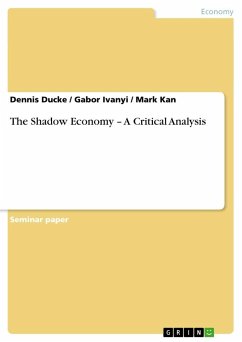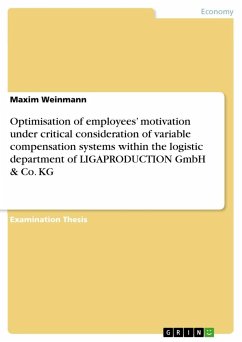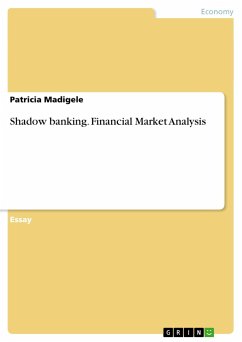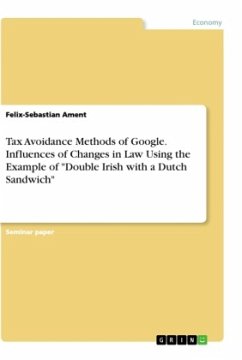Seminar paper from the year 2008 in the subject Business economics - General, grade: 1,3, University of Applied Sciences Essen, language: English, abstract: According to the "Focus" magazine approximately 13 million Germans contributed tothe shadow economy in 2006! The estimations of Friedrich Schneider, onedistinguished expert in this area, showed that the extent of the shadow economy inGermany in 2007 was about 349 billion Euros, which equals to 14.7 percent ofGermany's gross domestic product (GDP)!The scope of the present assignment is to provide an all-embracing and criticaloverview of the shadow economy, to introduce the main causes, effects and dimensionsof the shadow economy and to find answer the question how shadow activities can belimited.In this context the hidden sector can be defined as all economic activities that are notrecorded in the national accounts, but normally should be a part of them and be includedin GDP. These actions can be on the one hand absolutely legal in the self-sufficienteconomy like do-it-your-self, neighbourhood help, but on the other hand completelyillegal activities like dealing with drugs and smuggling as well as legal activities, whichare illegally being carried out, e.g. tax evasion or illicit work.The main and most vital reasons for the existence and constant growth of the shadoweconomy are high taxes or social security contributions burden and the intensity of stateregulations. But also sociological-psychological causes like subjective perception of taxburden, falling society values, a bad tax morale and declining loyalty towards the statecan have a tremendous impact on the size of the hidden economy.But is the shadow economy a threat to the official sector? At first glance, the questionwhether the shadow economy is dangerous might appear strange. However, there areseveral controversial opinions about this matter. The analysis of the effects caused bythe existence and the growth of the shadow economy is a contradictory topic. Thepresent assignment characterizes the main negative, e.g. distortion of official economic statistics, lower tax revenues and positive effects, e.g. price stabilization, creation ofnew jobs of the shadow economy and their influence on the national economy.Following this, the study presents the most popular methods of measuring the shadoweconomy: direct methods that are mostly based on surveys, the indirect ones thatattempt to quantify shadow economic activities by seeking traces left in the officialsector and the so-called model approach, which tries to determine the hidden economyby ...








